The origin of Jurassic reefs current research developments and results Reinhold R. Leinfelder, Manfred Krautter, Ralf Laternser, Martin Nose, Dieter U. Schmid, Günter Schweigert, Winfried Werner, Helmut Keupp, Hartmut Brugger, Regina Herrmann, Ursula Rehfeld-Kiefer, Johannes H. Schroeder, Carsten Reinhold, Roman Koch, Arnold Zeiss, Volker Schweizer, Heinrich Christmann, Götz Menges, Hanspeter Luterbacher
| Erscheinungsform: | Aufsatz |
| Autor/Urheber: | |
| Beteiligte: | - Krautter, Manfred
- Laternser, Ralf
- Nose, Martin
- Schmid, Dieter U.
- Schweigert, Günter
- Werner, Winfried
- Keupp, Helmut
- Brugger, Hartmut
- Herrmann, Regina
- Rehfeld-Kiefer, Ursula
- Schroeder, Johannes H.
- Reinhold, Carsten
- Koch, Roman
- Zeiss, Arnold
- Schweizer, Volker
- Christmann, Heinrich
- Menges, Götz
- Luterbacher, Hanspeter
|
| Umfang: | 56 |
| Anmerkungen: | Gesehen am 26.01.2023 |
| Identifikatoren/Sonstige Nummern: | 1832521311 [PPN] |
| In: | Berlin : Springer, 1979 31(1994), 1 vom: Dez., Seite 1-56 volume:31 year:1994 number:1 month:12 pages:1-56 extent:56 |
| Inhalt: | - In order to elucidate the control of local, regional and global factors on occurrence, distribution and character of Jurassic reefs, reefal settings of Mid and Late Jurassic age from southwestern Germany, Iberia and Romania were compared in terms of their sedimentological (including diagenetic), palaeoecological, architectural, stratigraphic and sequential aspects. Upper Jurassic reefs of southern Germany are dominated by siliceous sponge—microbial crust automicritic to allomicritic mounds. During the Oxfordian these form small to large buildups, whereas during the Kimmeridgian they more frequently are but marginal parts of large grain-dominated massive buildups. Diagenesis of sponge facies is largely governed by the original composition and fabric of sediments. The latest Kimmeridgian and Tithonian spongiolite development is locally accompanied by coral facies, forming large reefs on spongiolitic topographic elevations or, more frequently, small meadows and patch reefs within bioclastic to oolitic shoal and apron sediments. New biostratigraphic results indicate a narrower time gap between Swabian and Franconian coral development than previously thought. Palynostratigraphy and mineralostratigraphy partly allow good stratigraphic resolution also in spongiolitic buildups, and even in dolomitised massive limestones.
|
| URL: | https://doi.org/10.1007/BF02536932 |
| Weiter im Partnersystem: | https://swb.bsz-bw.de/DB=2.1/PPNSET?PPN=1832521311 |


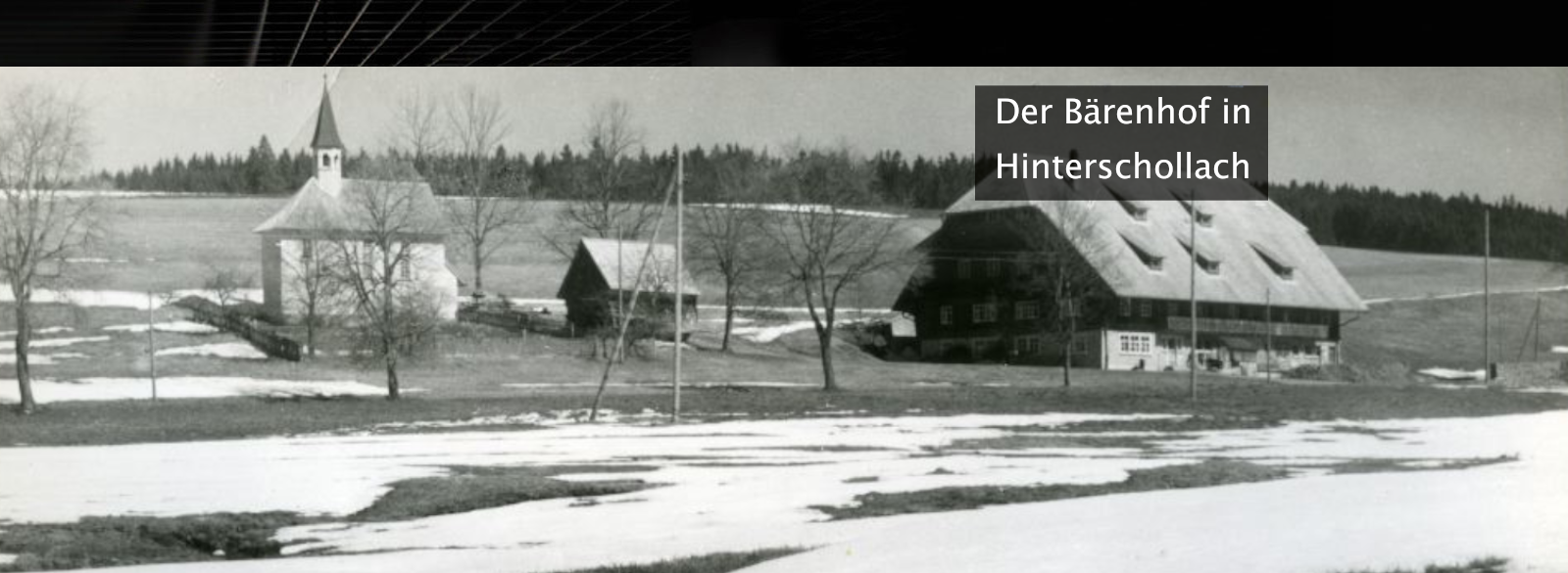

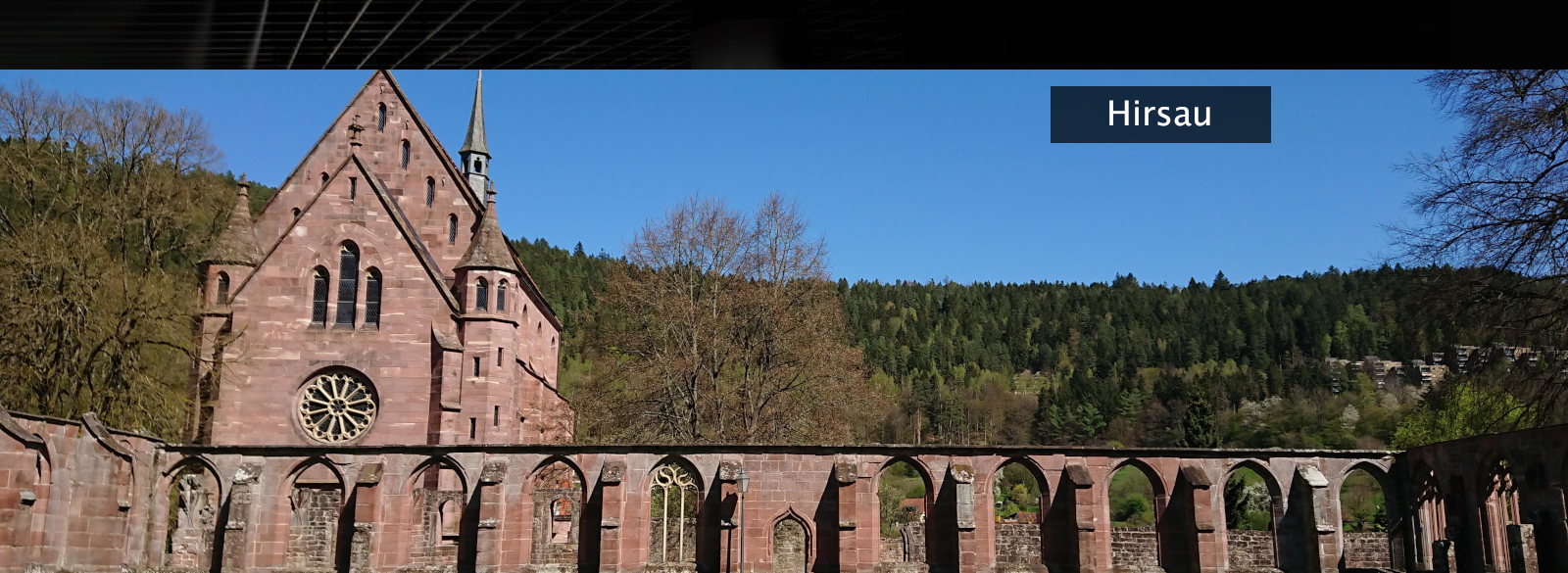

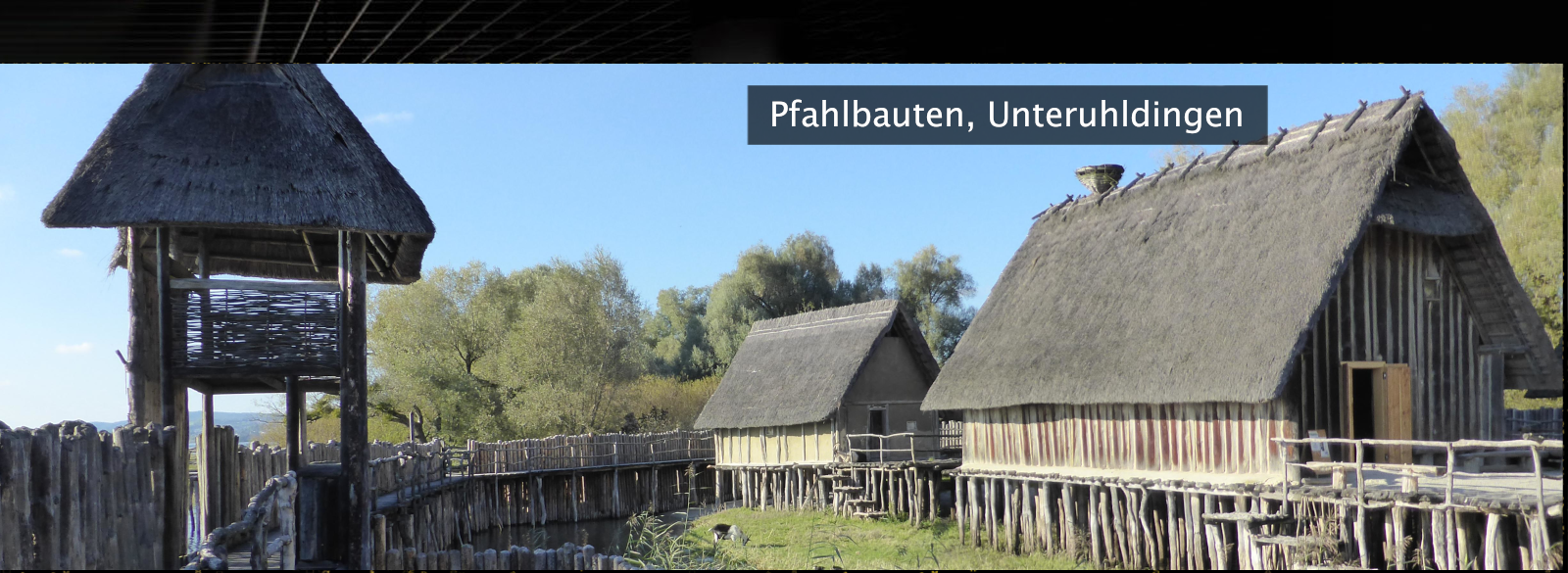



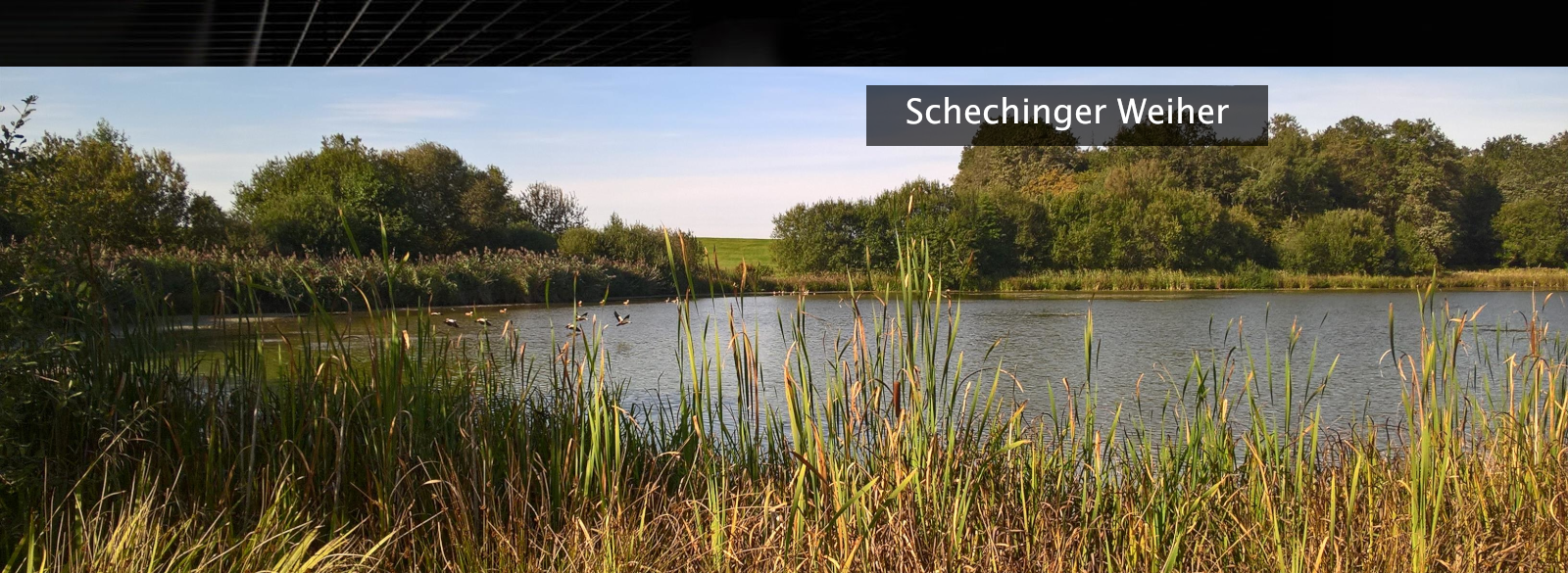

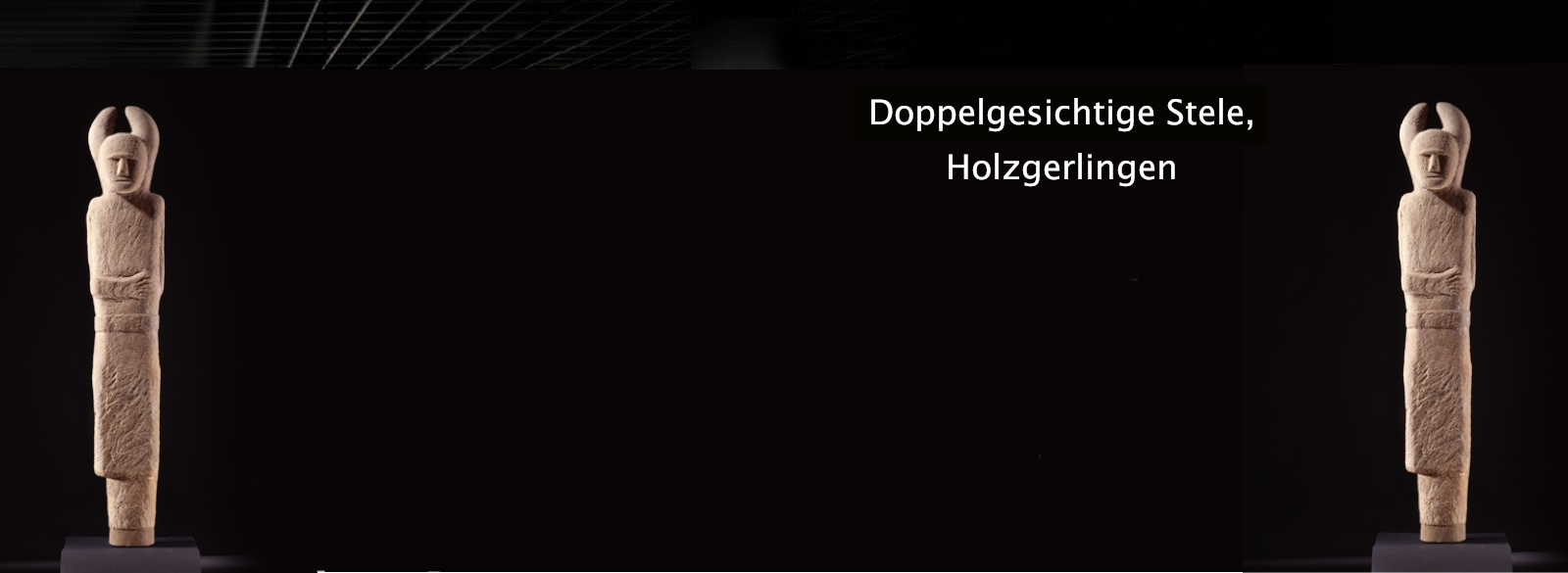
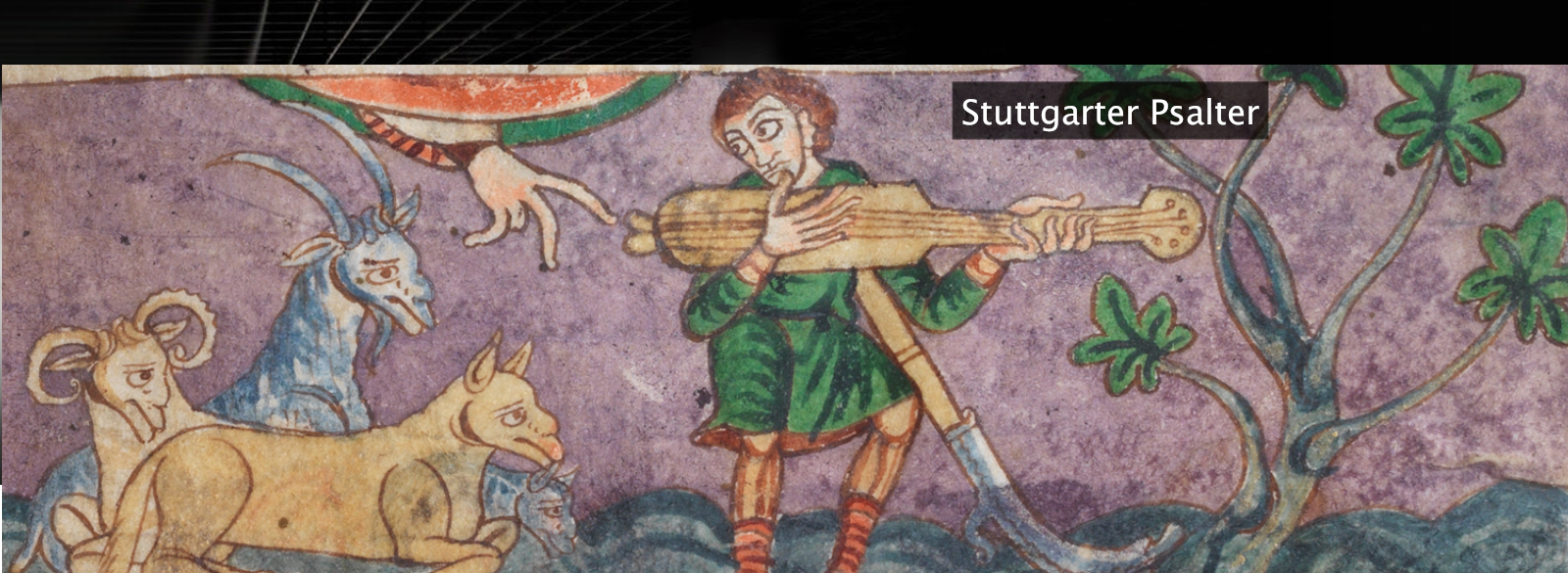
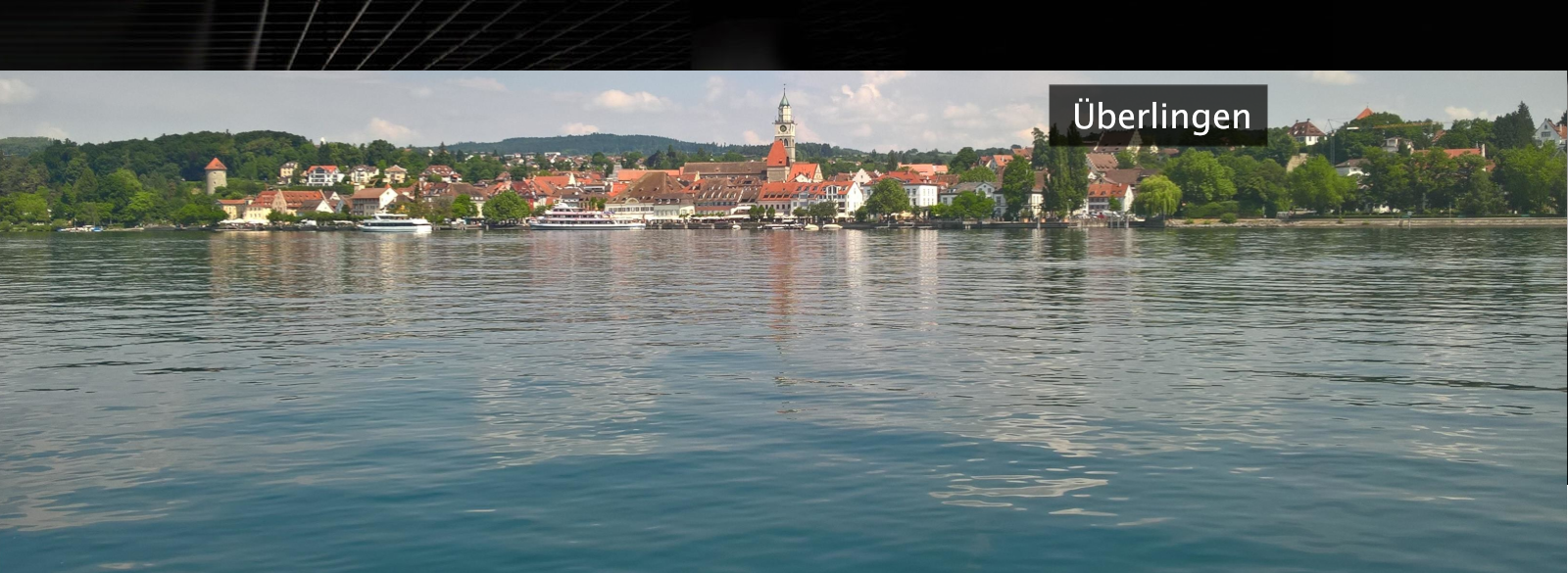

 leobw
leobw